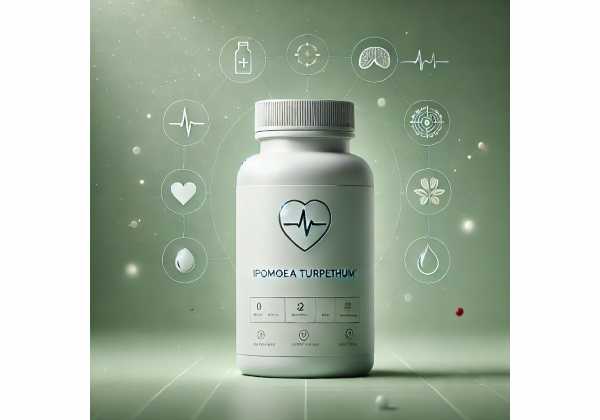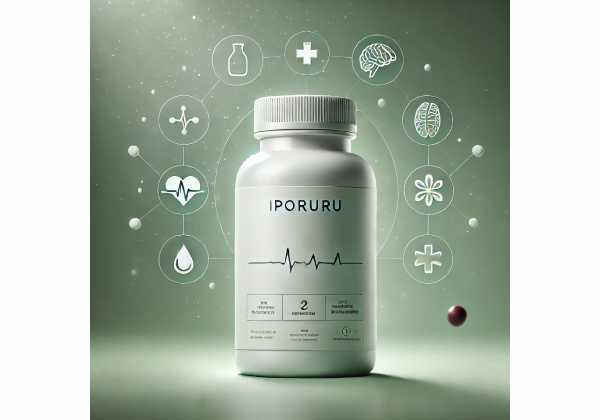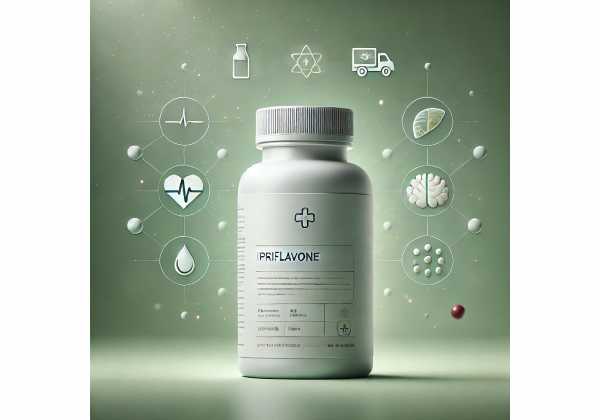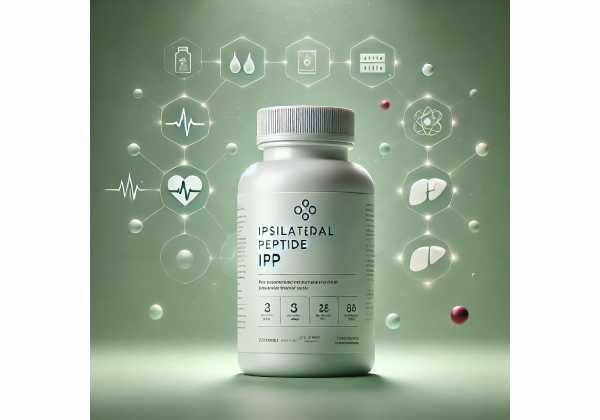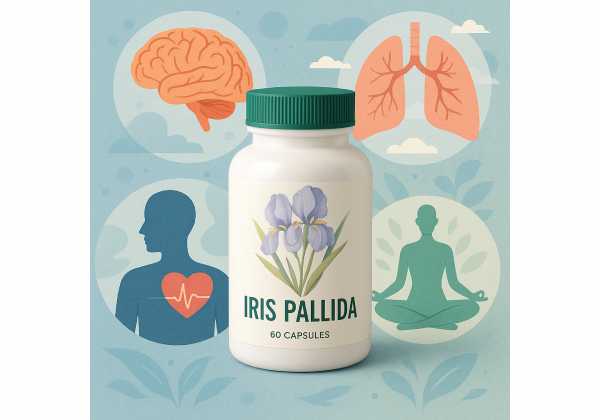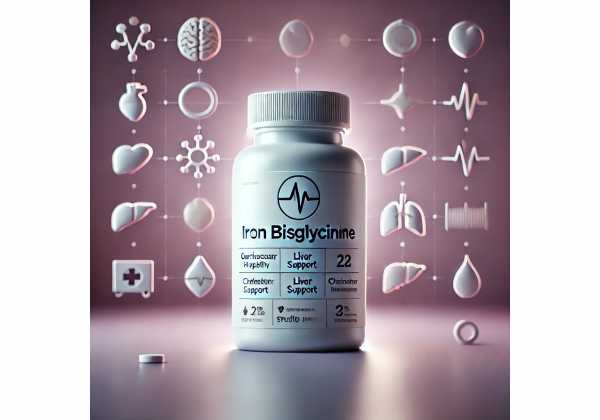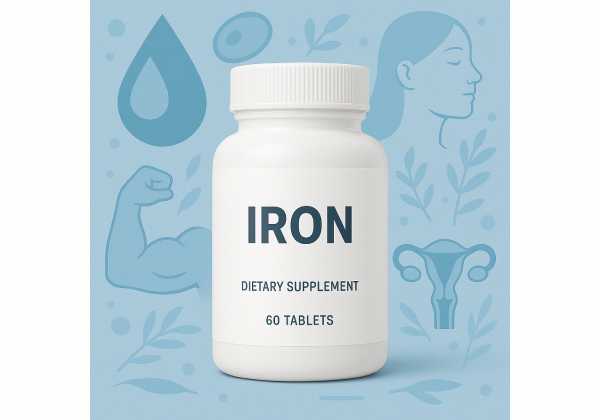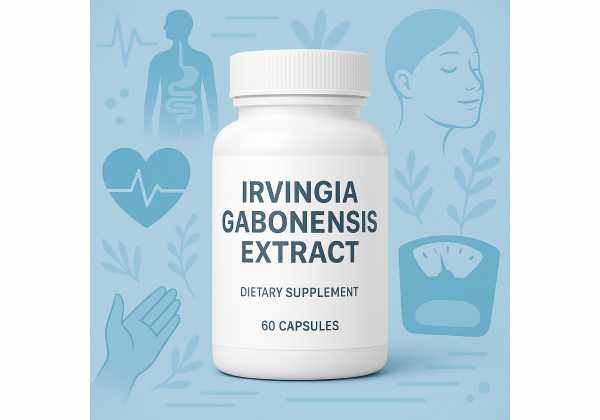Ipamorelin: Uses and Benefits, Mechanism of Action, Clinical Dosage, and Side Effects
Ipamorelin is a lab-made pentapeptide that activates the ghrelin (growth hormone secretagogue) receptor to trigger short, pulsatile releases of growth hormone (GH). Unlike some early GH-releasing peptides, ipamorelin was designed to be more selective—it stimulates GH without reliably raising cortisol or prolactin in research settings. That selectivity, combined with a short half-life and pulse-like effects, made ipamorelin attractive for...
Ipecac: Uses, Health Benefits, Dosage, and Safety Risks Explained
Ipecac—traditionally prepared from the roots of Carapichea ipecacuanha and related species—was once common in household medicine cabinets as “syrup of ipecac” to induce vomiting after suspected poisoning. Today, its routine use has essentially vanished. Decades of research showed little to no improvement in outcomes, significant delays in definitive care, and real risks ranging from dehydration to dangerous heart rhythm...
Ipomoea batatas extract benefits for blood sugar and metabolism: how it works, how to use it, dosage, and safety
Ipomoea batatas extract—derived from the sweet potato’s tuber, peel, or leaves—packages pigments and polyphenols (notably anthocyanins and caffeoylquinic acids) into concentrated form. These compounds are researched for antioxidant, anti-inflammatory, and metabolic support properties, with white-fleshed tuber extracts (often called “Caiapo”) studied in type 2 diabetes and purple varieties prized for their acylated anthocyanins. Unlike stimulant botanicals, sweet potato extracts...
Ipomoea digitata benefits for metabolism and vitality: uses, dosage, side effects, and science explained
Ipomoea digitata is a perennial morning glory long used in traditional systems—especially Ayurveda—where its tuberous root is known as kshiravidari (often traded under the name vidari kand, though that term is also used for Pueraria tuberosa). In practice, the plant you’ll see in supplements is frequently listed as Ipomoea digitata or its accepted synonym Ipomoea mauritiana. Practitioners reach for...
Ipomoea mauritiana: Evidence, Properties, How to Use, Dosage, and Side Effects
Ipomoea mauritiana—also known as “Kshiravidari,” “Giant potato,” or sometimes sold under the broader trade name “Vidari”—is a tuber-bearing morning glory used in several South Asian traditions. Practitioners prize its starchy roots for strength-building tonics, postpartum formulas, and rasayana (rejuvenation) blends. Modern lab work identifies phenolics, flavonoids, and saponins with antioxidant and antimicrobial activity, while pharmacognosy research highlights frequent mix-ups...
Ipomoea turpethum: Uses, Evidence-Based Benefits, Dosage Guidelines, and Side Effects
Ipomoea turpethum—also known as Operculina turpethum, trivrit (Ayurveda), or turpeth—is a twining vine whose dried root has been used for centuries as a cleansing purgative and liver-supportive herb. Traditional systems describe it for constipation, edema, skin eruptions, and sluggish digestion. Modern lab and animal studies point to resin glycosides (turpethinic acids), saponins (operculinosides), phytosterols, and coumarins that may underlie...
Iporuru: Joint and Stomach Support, How to Use It, Recommended Dosage, and Side Effects
Iporuru (Alchornea castaneifolia) is a little-known Amazonian shrub with a long history in Peruvian and Brazilian folk medicine. Healers traditionally prepare the bark and leaves for joint pain, muscle aches, stomach discomfort, and overall vitality. Modern lab studies report polyphenols (like epicatechin, gallic acid, and ellagitannins) and other constituents that may influence inflammatory pathways and gastric protection. Human trials...
Ipratropium: when to use it for COPD and asthma, how to dose it, and common side effects
Ipratropium is a short-acting antimuscarinic bronchodilator used for relief of bronchospasm in chronic obstructive pulmonary disease (COPD) and, in some settings, as an add-on for acute asthma exacerbations. As a quaternary ammonium compound, it acts locally in the airways with minimal systemic absorption. It is available as a metered-dose inhaler, nebulized solution, and nasal spray for rhinorrhea. When used...
Ipriflavone benefits and risks explained: bone health support, how to use it, dosage, and side effects
Ipriflavone is a synthetic derivative of naturally occurring isoflavones designed to support bone health. It was widely studied for postmenopausal osteoporosis beginning in the 1990s, often alongside calcium and vitamin D. While early trials reported modest gains in bone mineral density (BMD), a large, well-controlled study later found no protection against bone loss—and flagged a measurable drop in lymphocyte...
Ipsilateral peptide (IPP) blood pressure benefits, how it works, dosage guidelines, and safety
“IPP” in nutrition and supplementation almost always refers to the milk-derived tripeptide isoleucine-proline-proline, not “ipsilateral peptide.” This small peptide forms naturally when casein (a milk protein) is fermented or enzymatically hydrolyzed. Along with its companion peptide valine-proline-proline (VPP), IPP has been studied for its blood-pressure–lowering and vascular-support effects. Clinical trials typically deliver IPP (often combined with VPP) in standardized...
Iris pallida benefits and uses for skincare and wellness, how to apply it, practical dosage guidance, and safety
Iris pallida—often called the Dalmatian iris or, when cured, “orris root”—sits at a unique intersection of perfumery, traditional herb use, and modern cosmetic science. The rhizome, harvested and slowly cured for months to years, develops violet-like aromatic molecules (irones) while retaining phenolic and isoflavonoid compounds studied for antioxidant and anti-inflammatory activity. Today, most credible applications revolve around topical skincare...
Iris versicolor benefits for skin and digestion, how to use it, dosage guidelines, and key safety tips
Iris versicolor—often called blue flag—is a striking North American iris whose rhizome has a long history in eclectic and Indigenous herbal practice. Today, interest in blue flag centers on its bitter, resinous constituents and a growing (though still preliminary) body of laboratory research on Iris species for antioxidant, antimicrobial, and anti-inflammatory activity. People are most curious about whether Iris...
Irish sea moss: Proven Benefits, Dosage Guidelines, How to Take It, and Side Effects
Irish sea moss, often labeled as Chondrus crispus or simply “sea moss,” is a red seaweed long used as a thickener in foods and as a traditional wellness tonic. Today it shows up as dried flakes, capsules, and gels. People reach for it to support thyroid function, digestion, and skin hydration, and to add a plant-based source of minerals...
Iron bisglycinate: Health Benefits, Absorption, Optimal Dosage, and Safety Explained
Iron bisglycinate is a chelated form of iron bound to two glycine molecules. Many people choose it because it’s effective at restoring iron stores while being gentler on the stomach than common salts like ferrous sulfate. You’ll see it on labels as “ferrous bisglycinate chelate,” sometimes branded (for example, as Ferrochel), and it typically provides about 20% elemental iron...
Iron carbonate: Practical guide to benefits, properties, dosage strategies, and safety
Iron carbonate—more precisely ferrous carbonate (FeCO₃)—is an oral iron salt used to rebuild low iron stores and correct iron-deficiency anemia when diet alone is not enough. As a source of elemental iron, it supplies the mineral your bone marrow needs to make hemoglobin, the oxygen-carrying protein in red blood cells. Ferrous carbonate contains a high proportion of elemental iron...
Iron dextran: Uses in CKD and pregnancy, infusion protocols, monitoring, and precautions
Iron dextran is a long-standing intravenous (IV) iron therapy designed to rebuild iron stores quickly when tablets are ineffective, poorly tolerated, or too slow. Packaged as an iron(III)–hydroxide core coated with dextran, it bypasses the gut and hepcidin “gatekeeping,” delivering iron directly to transferrin and bone marrow for hemoglobin synthesis. Unlike small-dose IV irons that require multiple visits, iron...
Iron sucrose: What to expect during treatment, optimal dosing, lab targets, and precautions
Iron sucrose is a hospital-grade intravenous (IV) iron used when pills cannot correct iron deficiency or when time is short. It delivers elemental iron directly into the bloodstream as a stable iron(III)–hydroxide sucrose complex that your bone marrow repurposes to build hemoglobin. Compared with older IV irons, iron sucrose has a well-established safety record and typically does not require...
Iron: Deficiency signs, proven benefits, optimal dosing strategies, and risk management
Iron is one of the body’s most tightly regulated nutrients—and for good reason. It sits at the center of hemoglobin and myoglobin, moving oxygen to every cell. When you are short on iron, fatigue, shortness of breath, hair shedding, brittle nails, and brain fog can creep in; when you have too much, oxidative stress and organ damage become risks....
Irvingia gabonensis extract: Weight loss results, metabolic health benefits, dosage, and side effects
Irvingia gabonensis—often called African mango—is a seed-kernel extract used in weight-management formulas and metabolic health blends. Modern extracts, including proprietary versions such as IGOB131, concentrate fiber-like polysaccharides and phenolic compounds that may influence appetite, lipid handling, and inflammatory signaling. Early human trials suggest modest reductions in body weight, waist circumference, and blood lipids over 8–10 weeks when taken alongside...
Irwinol: Cosmetic Ingredient Guide to Benefits, Formulation Tips, Dosage Ranges, and Safety
Irwinol is a cosmetic-grade botanical butter derived from the kernels of the African bush mango (Irvingia gabonensis). Unlike ingestible “African mango” supplements, Irwinol is formulated for topical care—especially lips, face, and dry or damaged hair. It is rich in saturated triglycerides dominated by lauric (C12:0) and myristic (C14:0) fatty acids, which melt near skin temperature and form a breathable,...
Isaria cicadae: Kidney Support, Immune Effects, Recommended Use, and Side Effects
Isaria cicadae—also known as Cordyceps cicadae or Paecilomyces cicadae—is an edible, medicinal fungus that naturally grows on cicada nymphs. Long used in East Asian herbal practice, it has moved into modern research because of unique molecules such as N6-(2-hydroxyethyl) adenosine (HEA) and complex polysaccharides. Early evidence points to renal (kidney) support, immune modulation, and antioxidant activity, with promising signals...
Isaria sinclairii: Health Benefits, Mechanisms, How to Use, Dosage, and Safety
Isaria sinclairii is a cicada-associated medicinal fungus best known as the original natural source of myriocin (also called ISP-1), a compound that inspired the multiple sclerosis drug fingolimod. Beyond that claim to fame, extracts of Isaria sinclairii have been explored for immune modulation, joint comfort, metabolic balance, and skin health in preliminary models. Because this species (historically grouped with...
Isatis indigotica: Antiviral and Anti-Inflammatory Properties, Uses, Dosage, and Risks
Isatis indigotica—known in traditional Chinese medicine as ban lan gen (root) and da qing ye (leaf)—is a cold-natured herb used for “heat-clearing and detoxifying” patterns that map to modern symptoms like fever, sore throat, and inflamed mucous membranes. Modern laboratory research has identified indole alkaloids (e.g., tryptanthrin, indirubin), lignans, glucosinolates, and complex polysaccharides that may explain its antiviral, anti-inflammatory,...
Isatis tinctoria: Evidence-Based Benefits, Mechanisms, Best Forms, Dosage, and Side Effects
Isatis tinctoria (woad) is best known as the ancient blue dye of Europe, yet its roots and leaves also appear in traditional formulas for fever, sore throat, and “heat-toxin” patterns. Modern analyses show a rich profile of indole alkaloids (e.g., tryptanthrin, indirubin), glucosinolates (including goitrin), flavonoids, polysaccharides, and phenolic acids—compounds linked to anti-inflammatory, antimicrobial, and antiviral actions. Contemporary interest...






